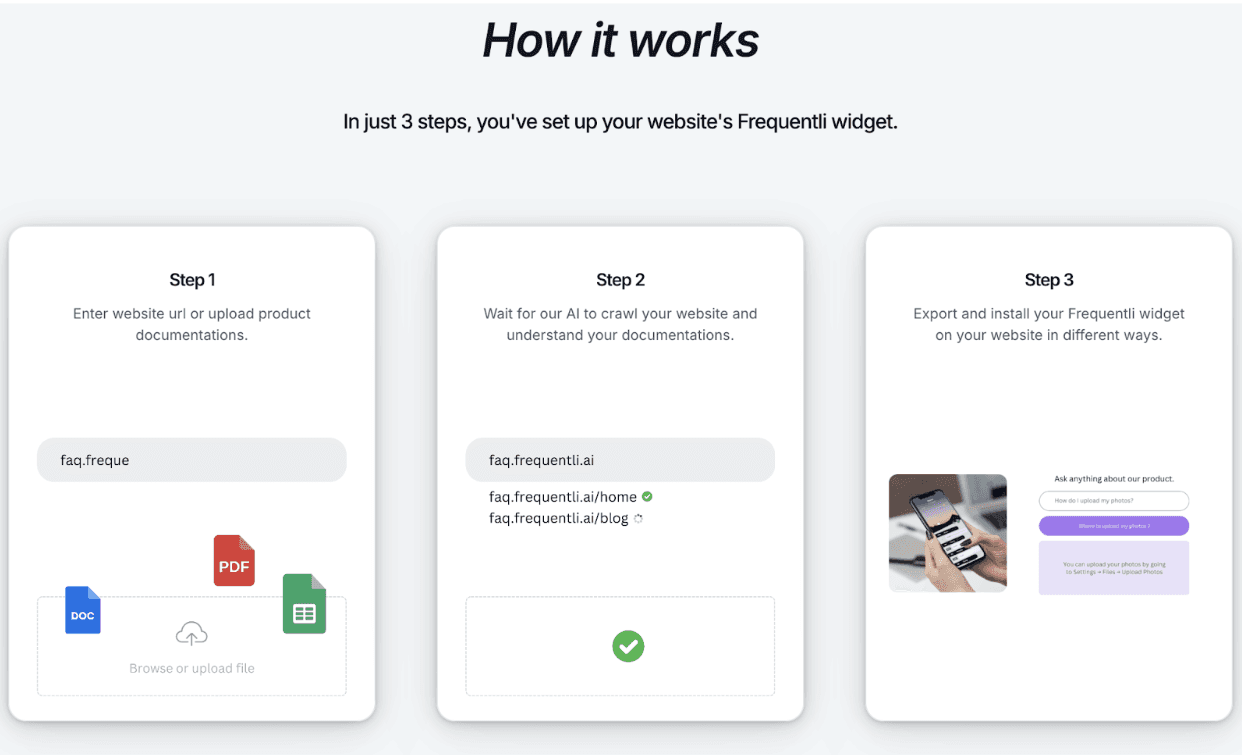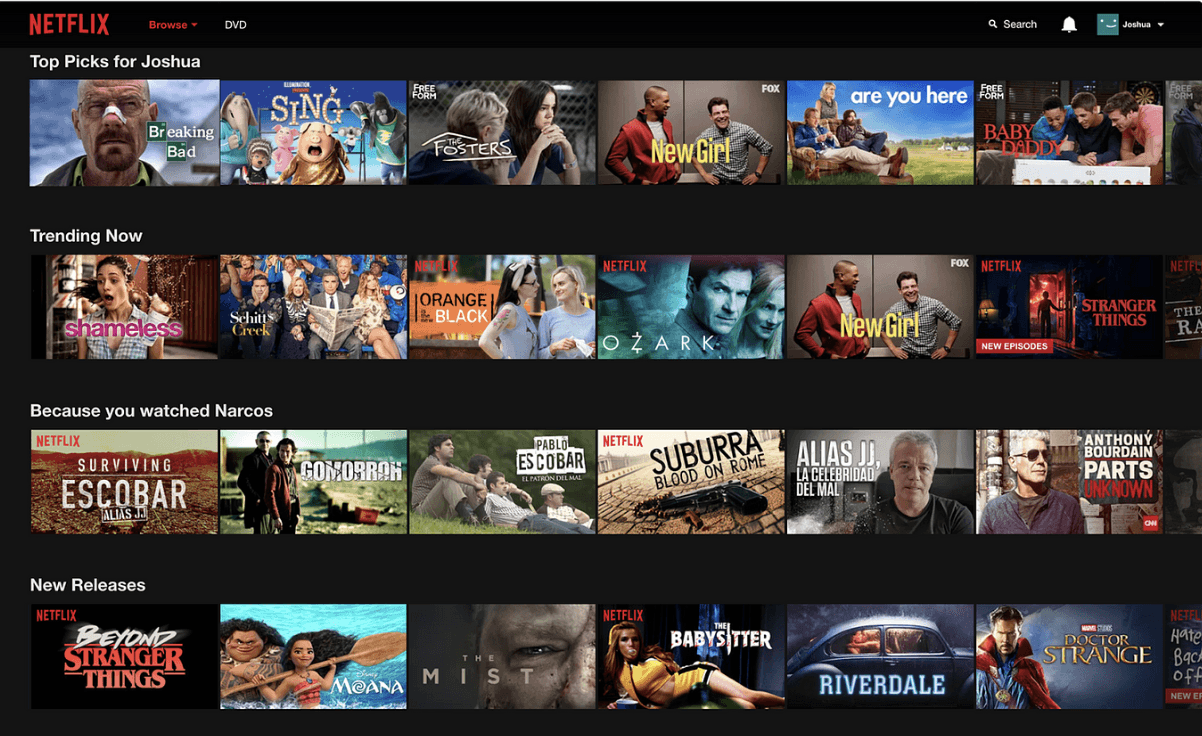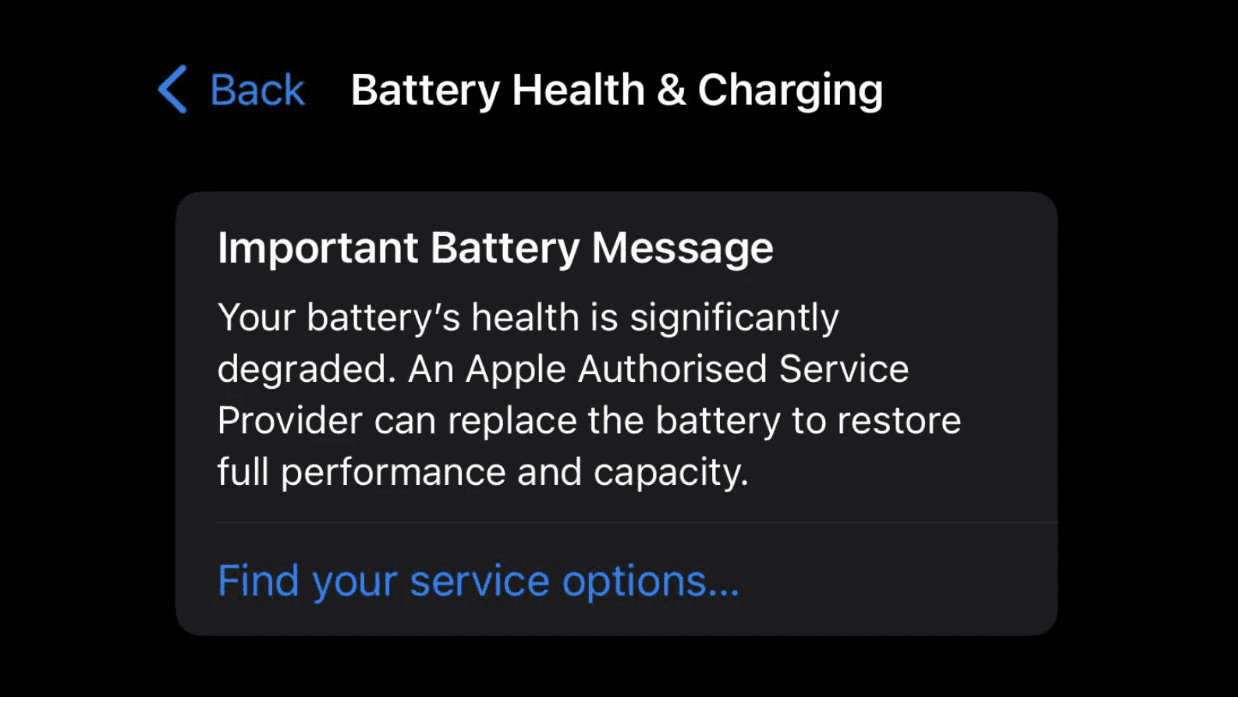What is Proactive Customer Service? Easy and Effective Implementation
Stop losing customers!
Waiting for customers to bring their problems to you costs your business more than you realize. By the time a customer reaches out with an issue, they’re already frustrated—and that frustration can quickly lead to lost trust and negative reviews.
Most customers won't even bother complaining; they’ll simply walk away.
Proactive Customer Service helps your business to anticipate customer needs and solve issues before they escalate.
In this article, we'll explain proactive customer service and show you how to implement it in your business easily.
What is Proactive Customer Service?
Proactive Customer Service is when businesses anticipate and solve customer issues before the customer reaches out for help.
Instead of waiting for something to go wrong, you take the initiative to enhance the customer experience by providing solutions, tips, or guidance ahead of time.
Here are the key elements of proactive customer service:
Anticipating Problems: Identify and solve common customer pain points before they escalate.
Customer Education: Offer helpful tips or resources so customers can get the most out of your products or services.
Regular Communication: Stay connected with your customers through timely updates, product suggestions, or service reminders.
Automation: Use tools like knowledge base, chatbots, or automated notifications to proactively inform customers about important issues, such as service interruptions or billing issues.
Feedback Loops: Encourage customers to share feedback and use it to improve your service continuously.
Read more on Expert Tips to Automate Tedious Customer Service Tasks.
Why Proactive Customer Service Matters
You might be surprised to learn that, despite its benefits, only 13% of customers report experiencing proactive customer service, according to a 2020 Gartner survey. That’s a big opportunity for businesses to stand out!
Gartner emphasizes the need for organizations to move from reactive customer service to a proactive customer service approach.
Gartner's survey of over 6,000 customers showed that proactive customer service improves critical metrics:
1-point increase in Net Promoter Score (NPS), Customer Satisfaction Score (CSAT), Customer Effort Score (CES), Value Enhancement Score (VES, and decrease in Average Agent Response Time (AART).
These improvements boost customer loyalty, retention, wallet share, and positive word-of-mouth.
Proactive vs. Reactive Customer Service: What’s the Difference?
Proactive customer service means reaching out to your customers before they experience issues. It's about making them feel valued and cared for without asking for help. This builds trust, loyalty, and satisfaction.
On the other hand, reactive customer service involves waiting for a customer to report a problem and then responding. While this approach resolves the issue, it often results in customer frustration.
Both approaches are important, but leaning on proactive service can make your business seem more attentive and customer-focused.
How to Implement Proactive Customer Service: A Step-by-Step Guide
Below, we break down actionable steps that streamline the process and ensure you consistently meet customer needs—sometimes even before they realize they have them.
1. Identify Key Customer Needs and Pain Points
Understanding your customers is the foundation of proactive service. Start by analyzing common queries, recurring complaints, and patterns in customer behavior.
Pay close attention to:
FAQs and Support Tickets: What are customers' top issues? Group these into categories and develop solutions for each.
Product Usage Data: Monitor how customers interact with your products and identify areas where they might get stuck.
Actionable Example: If many of your customers struggle with product setup, create a step-by-step installation guide or a video tutorial. Proactively share this with new customers via email or embed it within the product purchase process.
2. Train Your Support Team to Be Proactive
Your customer service team should be trained to respond quickly and anticipate problems before they arise.
Encourage them to look for warning signs during interactions, such as customers repeatedly asking about certain features or expressing frustration with a specific process.
Educate on Common Triggers: Train your team to spot potential issues based on previous interactions.
Build Soft Skills: Empathy, active listening, and problem-solving are essential for identifying customer concerns.
Read more here: Most Effective Team Communication: Strategies and Best Practices
Actionable Example: If a customer hasn't used key features, proactively reach out with guidance or personalized offers: “Hi, we noticed you haven’t activated your premium features. Here's a quick guide to help you get started!”
3. Use CRM and Automation Tools
Customer Relationship Management (CRM) systems are critical for delivering a personalized and proactive service experience.
Track Interaction History: CRMs give a detailed history of each customer’s interactions, enabling you to anticipate future needs based on past behavior.
Automation for Efficiency: Automate key touchpoints such as subscription renewal reminders, delivery updates, or product recommendations.
Actionable Example: Automatically send notifications reminding customers when their subscription is close to expiration or notify them about new features they might find useful.
4. Build a Comprehensive Self-Service Knowledge Base
A well-organized knowledge base empowers customers to solve problems on their own, reducing the need for direct support. It should include FAQs, troubleshooting guides, how-to videos, and detailed product manuals.
Make sure to keep it updated as customer needs evolve, and so should your knowledge base.
Struggling to Build One? Let AI Help
If building and maintaining a knowledge base seems overwhelming or time-consuming, why not rely on AI tools like Frequentli.ai?
Frequentli.ai uses customer inquiries to automatically generate FAQs, tutorials, and guides tailored to your business.

This tool updates content as new questions arise, so your knowledge base is always accurate and relevant.
Actionable Example: If password resets are a frequent issue, your knowledge base should include a clear, easy-to-follow guide on how to reset passwords.
5. Personalize Customer Communications
Proactive customer service thrives on personalization. Every customer interaction should feel tailored to their specific needs and preferences, ensuring they feel valued and understood.
Use purchase history, browsing behavior, and past interactions to send targeted messages. Then, send personalized recommendations, tips, or product usage reminders that align with each customer’s unique journey.

Netflix personalized recommendations
Here is a good example of personalization from Netflix. It proactively recommended movies because the user watched a certain movie.
Actionable Example: If a customer recently purchased a fitness tracker, send personalized content like a guide on how to maximize workouts with their new tracker.
6. Monitor Customer Interactions and Continuously Optimize
To make sure your proactive efforts are effective, regularly monitor customer interactions and engagement levels.
Keep an eye on customer satisfaction scores (CSAT), net promoter scores (NPS), and common customer complaints.
Actionable Example: If customers often ask about billing dates or get confused by payment terms, track this data and send proactive billing reminders with clear payment instructions before issues arise.
7. Address Potential Issues Before They Escalate
One of the most potent aspects of proactive customer service is addressing potential problems before they inconvenience the customer.
Audit your services regularly, looking for upcoming issues that could disrupt the customer experience, and communicate them ahead of time.

Apple notification about battery health decline
This is an example from Apple alerting customers that their iPhone battery health is declining, helping them avoid future issues.
Actionable Example: If your company is planning system maintenance, notify customers well in advance, detailing the expected downtime and alternative options for service access.
Great Examples of Proactive Customer Service
Here are some great examples of proactive customer service from real businesses, showcasing how different companies anticipate customer needs and address issues before they arise:
Amazon: Sends delivery updates in real-time, notifying customers of delays or early arrivals.
Spotify: Creates personalized playlists based on user preferences, introducing them to new music automatically.
Zappos: Known for going above and beyond, Zappos will proactively upgrade shipping to meet customer deadlines.
These companies show how proactive service not only solves problems but also creates lasting customer relationships.
Conclusion
By implementing these steps, you not only prevent issues from escalating but also foster stronger, more positive relationships with your customers.
Being proactive means offering solutions before they're needed, which ultimately drives customer satisfaction, loyalty, and long-term success.
Your Ultimate Guide to Workforce Optimization: Easy Implementation
